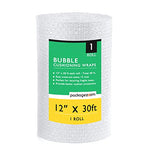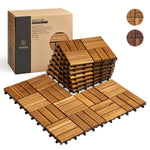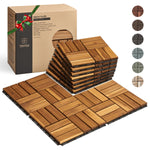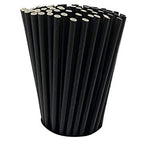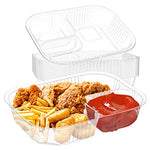You have no items in your shopping cart.
In today's fast-paced world, environmental consciousness has become a top priority. People are seeking sustainable alternatives in every aspect of life, including the clothes they wear. Biodegradable fabric is at the forefront of this green revolution, offering a promising solution to reduce the fashion industry's carbon footprint. In this comprehensive guide, we will explore the marvels of biodegradable fabric, its benefits, applications, and much more.
Understanding Biodegradable Fabric
Biodegradable fabric, often referred to as eco-friendly textile, is a textile material that can naturally decompose in the environment without leaving harmful residues. Unlike conventional synthetic fibers like polyester, biodegradable fabrics break down into organic matter, reducing the pollution caused by clothing disposal.
The Science Behind It
Biodegradable fabrics are typically made from natural sources such as plant-based fibers (e.g., cotton, hemp, bamboo) or animal fibers (e.g., wool, silk). These materials undergo minimal processing and are treated with environmentally friendly dyes and finishes, ensuring that they degrade naturally when discarded.
Why Choose Biodegradable Fabric?
-
Environmental Impact: Biodegradable fabrics have a significantly lower environmental impact compared to synthetic textiles. They reduce the release of microplastics into water bodies and minimize carbon emissions during production.
-
Comfort and Breathability: These fabrics offer exceptional comfort and breathability, making them ideal for clothing, bedding, and other textile applications.
-
Hypoallergenic Properties: Biodegradable fabrics are often hypoallergenic, making them suitable for individuals with sensitive skin.
-
Renewable Resources: Many biodegradable fabrics are sourced from renewable resources, contributing to sustainability.
Applications of Biodegradable Fabric
Biodegradable fabrics have a wide range of applications, from fashion to home textiles and beyond.
Fashion Industry
The fashion industry is increasingly turning to biodegradable fabrics for sustainable clothing lines. Designers and brands are embracing these textiles for their aesthetic appeal and eco-friendly attributes.
Medical Textiles
Biodegradable fabrics are used in medical textiles, such as surgical gowns and wound dressings, due to their biocompatibility and ability to break down harmlessly.
Home Textiles
In the realm of home textiles, biodegradable fabrics are used for making bed linens, towels, and curtains, providing comfort and sustainability to homes.
FAQs
Q: How long does biodegradable fabric take to decompose? A: The decomposition time varies depending on factors like environmental conditions and the type of biodegradable fabric. On average, it can take anywhere from a few months to a few years.
Q: Are biodegradable fabrics more expensive? A: While biodegradable fabrics may be slightly more expensive than conventional textiles, their environmental benefits and comfort make them a worthwhile investment.
Q: Can biodegradable fabrics be recycled? A: In some cases, biodegradable fabrics can be recycled, but their primary advantage is their ability to naturally decompose.
Q: Are biodegradable fabrics durable? A: Biodegradable fabrics can be durable, but their lifespan may be slightly shorter than synthetic counterparts. However, their eco-friendly nature compensates for this.
Q: How can I care for biodegradable fabric garments? A: It's best to follow the care instructions provided with the garment. Typically, biodegradable fabrics require gentle washing and drying to prolong their lifespan.
Q: Are there any restrictions on biodegradable fabric use in certain industries? A: Biodegradable fabrics may not be suitable for all applications, especially those requiring extreme durability or resistance to specific conditions.
Biodegradable fabric is a game-changer in the textile industry. Its eco-friendly properties, comfort, and versatility are making it a top choice for conscious consumers and industries alike. By choosing biodegradable fabrics, we can contribute to a cleaner and greener future.



